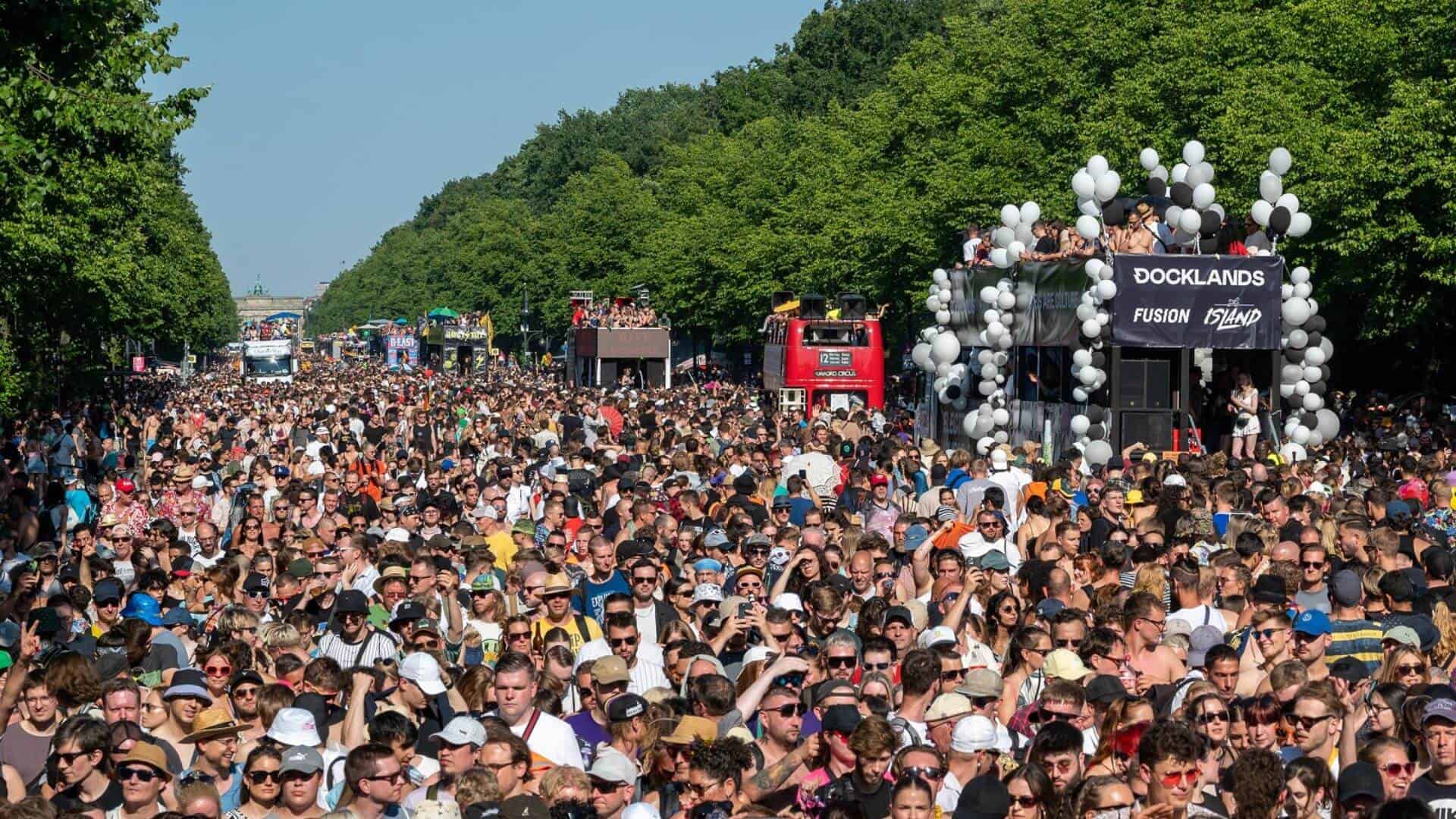

The Good Ol’ Raves: How Raves Have Changed Since the 90s
Do you remember when a rave was little more than a DJ and a strobe light in a random basement? In the 90s, raves were far from the massive productions they are today. They were just fans of electronic music and musicians making sounds on any tech they could find. At one of the early East Coast raves, fewer than 200 people showed up.
Today, raving has gone mainstream. In many ways, this is a good thing. Raves are safer today and easier to access. But it’s undeniable that many of the original pillars of rave culture are long gone. So, what has changed since the first raves were held in the US in the early 1990s? We’ll take a trip into rave history below.
1. Raves Weren’t Called Raves
The term “rave” has been associated with dance parties since the 1950s. But the EDM parties we call “raves” today were originally known as acid house parties. One of the founders of the East Coast rave movement, Frankie Bones, began hosting parties called “storm raves” in the early 90s. The media soon began reporting on these parties, and the term “rave” stuck. Interestingly, Bones also began the PLUR movement (peace, love, unity, and respect), which became one of the main pillars of rave culture.
2. Raves Were Anti-Fashion
Today, rave fashion is known for being provocative, sexy, and on the cutting edge of design. Ravers and festival-goers often spend lots of time and money on unique outfits that embody who they are. In the 90s, rave fashion was the exact opposite. Ravers often dressed in androgynous clothing that covered most of their bodies—baggy jeans, t-shirts, and baseball hats were the norm. Ravers, who were counter-cultural, chose to escape into anonymity and reject pretentious fashion trends.
Pacifiers, lollipops, and children’s toys were also part of 90s rave fashion. Pacifiers and lollipops were convenient tools for sharing drugs, but the children’s aesthetic was also a rejection of the oversexualized pop music of the 80s and 90s—as well as a way for ravers to feel even further removed from their adult lives.
3. The Music Was More Important than the Artists
Raves today feature all-star lineups of international DJs. Festival lineups are revealed months in advance and big headliners distinguish a rave’s notoriety. In the early days of raves, there were no headliners, supporting acts, or star DJs. In fact, the DJs themselves were rarely mentioned when the news about a rave was spreading. Anonymity was important for artists, as nearly all raves were illegal. But early rave culture was also focused more on the music than the performer.
However, this may have been due to a symptom of the times rather than the modesty of the movement. Keep in mind that electronic music was much more difficult to record in the analog (pre-digital) days and much harder to listen to before the internet. EDM was live, improvised, and anonymous by its nature. Today, that’s no longer the case.
4. Venues Were Risky
One of the most exciting aspects of early rave culture was the danger. Events were hosted illegally in places like abandoned warehouses, and most ravers weren’t told the location until a few hours before it began. The shared threat of legal action among organizers, artists, and ravers was one of the aspects that turned each rave into a community. Plus, it upped the intensity of every show.
But police involvement wasn’t the only threat. Old, abandoned venues were often unsafe for large crowds (which grew to the tens of thousands). Organizers didn’t think about fire exits, medical staff, or tainted drugs. As a result, hundreds have died at raves over the years due to fires and drug use.
Today, raves still happen in illegal locations—and tragedies still occur. But by the mid-2000s, it became more common to hold raves in legal venues with emergency exits, security, and access to drinking water. While this may have diluted some of the charm of 90s raves, it’s generally regarded as a positive change.
5. Raves Were (Basically) Free
Raves of the 90s were anti-commercial and all about the music. As a result, most were free to attend. Ravers often had the opportunity to donate to the organizers and DJs, but no tickets were sold.
As raves became more popular, corporate and underground sponsors began to take part. By the 00s, ravers at illegal venues might get free samples of vinyl from a local producer, free cigarettes from a corporate tobacco giant, and water from a big-name beverage brand.
But eventually, commercialization took over completely. Today, rave and EDM culture is heavily commoditized, and most ravers can only afford to attend a few raves per year.
Are 90s Raves Coming Back?
After hitting an all-time low in the 2010s, illegal raves are on the rise once again.
So, is 90s rave culture experiencing a resurgence? No, it isn’t. The 90s rave scene was different technologically and culturally. And most importantly, EDM was underground. Today, it’s the 3rd most popular genre of music worldwide.
While you can still find illegal raves, they don’t look, sound, or feel the same as they did in the 90s.
This isn’t necessarily a bad thing. Rave culture will continue to evolve as electronic music continues to push boundaries.
As long as ravers continue to support local talent and give back to the community, the beat of the 90s raves will inspire new music and parties in 2024 and beyond.


- Arodes cover Interview
- Armin van Buuren: Breathing In [Exclusive Interview]
- Ibiza 2024: What To Expect
- Burak Yeter: A Day In Space [Exclusive]
